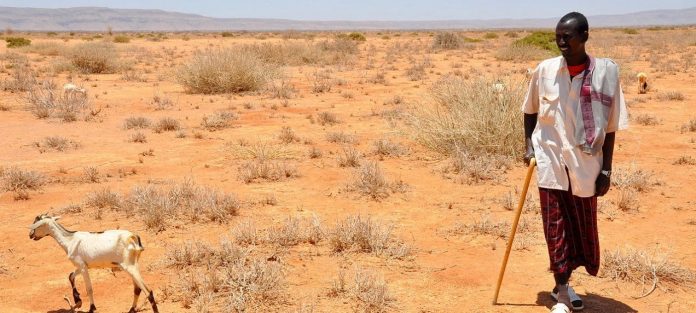COVID-19 is a zoonotic disease, meaning that it jumps between animals and people, and is therefore closely connected to the lands both inhabit. Human and economic activity js eroding wild spaces, forests and other important ecosystems, bringing us closer to “reservoir hosts”—animals and plants that can harbour diseases. In this interview, Frank Turyatunga, Deputy Director of the United Nations Environment Programme (UNEP) Africa Regional Office shares insights on how to better protect landscapes on the continent.
What is land degradation and why should we focus on this issue?
Degraded land is land that has lost, or is losing, its biodiversity—the foundation of all life on Earth. It is less able to provide ecosystem services; these include water, shade, the prevention of soil erosion and the retention of moisture in the soil. Most land degradation is currently taking place outside protected areas, affecting forests, rangelands, grasslands, mountain ecosystems and wetlands. Healthy ecosystems are essential to support a healthy planet and healthy people. This is why we need to invest in sustainable management of ecosystems of all types.
This year’s Desertification and Drought Day on 17 June focuses on the links between consumption and land. How does consumption affect the health of landscapes? What are the main drivers of land degradation in sub-Saharan Africa?
COVID-19 underscores the relationship between human health and nature and reveals a fundamental problem: humans have unlimited needs, but the planet has limited capacity to satisfy them. Often, land degradation is caused by unsustainable human consumption and needs. Read more…



